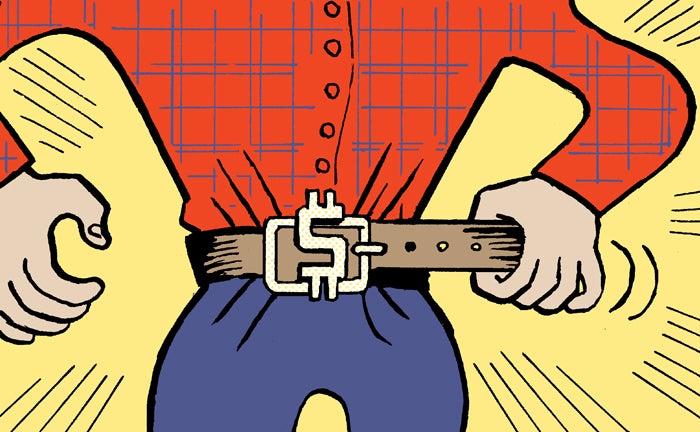Hi all! Associate Editor Victoria McNally here. You might remember me from the last time I filled in for Alyssa Boyle on this here newsletter. I’m not taking over permanently, but expect to see more from me over the next six weeks or so while Alyssa’s out.
You probably didn’t need me to tell you that things aren’t looking super great for the local TV broadcast industry these days, financially speaking.
But just in case you need quantitative proof, consider the fact that many of the largest broadcasting companies are considered a credit risk.
Last week, independent credit rating agency S&P Global Ratings released a report summarizing its recent analysis of six major TV station groups: Sinclair, Nexstar Media Group, Tegna, Gray Television, E.W. Scripps and CMC Media Corp.
Bottom line? S&P downgraded four of the six – specifically Sinclair, Gray Television, E.W. Scripps and CMC Media Corp – and figures their debt recovery prospects are now “lower than anticipated” based on the secular shift from linear TV toward streaming among audiences and advertisers alike.
That’s a big change compared to five years ago, when local broadcasting groups were in a much better financial position overall, Rose Oberman, media and entertainment director at S&P Global Ratings, tells me.
S&P also forecasts that local TV advertising revenue will continue to decline in coming years, and the industry will become increasingly reliant on political advertising as a result.
Right now, political ads eat up a lot of local TV’s finite ad inventory, squeezing out other advertisers in the process. Once election season is over, those advertisers will return, likely triggering a slight temporary bump in growth – from a 2% decline for this year to a 1.5% increase next year, Oberman suggests.
Don’t get too excited, though, ‘cuz it’ll go right back to declining after that.
Consistently inconsistent
Even so, many political advertisers are risk averse and still prefer local broadcast for its reach and brand safety standards (for now, at least). That preference holds despite political campaigns’ curiosity about the targeting potential of streaming.
Additionally, “digital doesn’t seem to be giving political advertisers the return they’re expecting, and TV still seems to give that,” says Oberman.
Yet political spending isn’t constant, even from one election season to another. It was huge in the 2020 presidential election, for example, but then dipped enough in the 2022 midterms that broadcasters were nervous going into this year.
“Until you really know the candidates and the issues and you figure out where the battleground states are, it’s hard to figure out how much money there’s actually going to be,” Oberman says, citing this presidential election cycle as a perfect example.
Worst case scenario
Oberman stresses that none of the local TV broadcasters covered in S&P Global’s report are in imminent danger of serious financial strain.
But from a purely hypothetical standpoint, what would happen if a big broadcaster went under?
Not that much, actually, if we look at recent real-world examples and extrapolate.
There’ve been a number of bankruptcies in the radio industry over the past couple of years, Oberman points out, yet advertisers still spend with those companies.
To put it another way, as long as there are ears – or eyes – to reach, at least some ad dollars will flow.
Again, to be totally clear, no local broadcaster is in danger of bankruptcy yet – at least not based on S&P’s current projections.
But (and maybe this is just the financially-anxious Millennial in me talking), isn’t it kind of nice to know that if things get really bad for broadcasters, filing for Chapter 11 probably won’t make it any worse?
Questions? Comments? Concerns? Lob ‘em at victoria@adexchanger.com.















